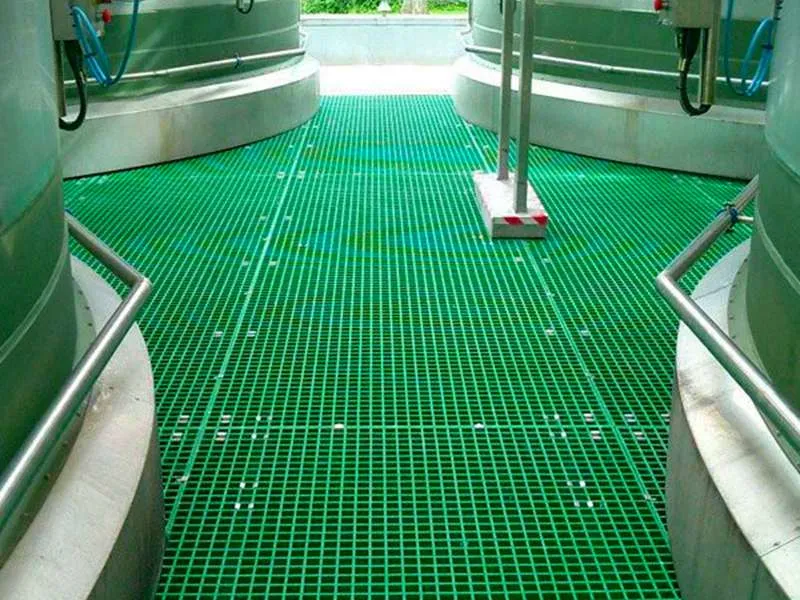
-
 Afrikaans
Afrikaans -
 Albanian
Albanian -
 Amharic
Amharic -
 Arabic
Arabic -
 Armenian
Armenian -
 Azerbaijani
Azerbaijani -
 Basque
Basque -
 Belarusian
Belarusian -
 Bengali
Bengali -
 Bosnian
Bosnian -
 Bulgarian
Bulgarian -
 Catalan
Catalan -
 Cebuano
Cebuano -
 China
China -
 China (Taiwan)
China (Taiwan) -
 Corsican
Corsican -
 Croatian
Croatian -
 Czech
Czech -
 Danish
Danish -
 Dutch
Dutch -
 English
English -
 Esperanto
Esperanto -
 Estonian
Estonian -
 Finnish
Finnish -
 French
French -
 Frisian
Frisian -
 Galician
Galician -
 Georgian
Georgian -
 German
German -
 Greek
Greek -
 Gujarati
Gujarati -
 Haitian Creole
Haitian Creole -
 hausa
hausa -
 hawaiian
hawaiian -
 Hebrew
Hebrew -
 Hindi
Hindi -
 Miao
Miao -
 Hungarian
Hungarian -
 Icelandic
Icelandic -
 igbo
igbo -
 Indonesian
Indonesian -
 irish
irish -
 Italian
Italian -
 Japanese
Japanese -
 Javanese
Javanese -
 Kannada
Kannada -
 kazakh
kazakh -
 Khmer
Khmer -
 Rwandese
Rwandese -
 Korean
Korean -
 Kurdish
Kurdish -
 Kyrgyz
Kyrgyz -
 Lao
Lao -
 Latin
Latin -
 Latvian
Latvian -
 Lithuanian
Lithuanian -
 Luxembourgish
Luxembourgish -
 Macedonian
Macedonian -
 Malgashi
Malgashi -
 Malay
Malay -
 Malayalam
Malayalam -
 Maltese
Maltese -
 Maori
Maori -
 Marathi
Marathi -
 Mongolian
Mongolian -
 Myanmar
Myanmar -
 Nepali
Nepali -
 Norwegian
Norwegian -
 Norwegian
Norwegian -
 Occitan
Occitan -
 Pashto
Pashto -
 Persian
Persian -
 Polish
Polish -
 Portuguese
Portuguese -
 Punjabi
Punjabi -
 Romanian
Romanian -
 Russian
Russian -
 Samoan
Samoan -
 Scottish Gaelic
Scottish Gaelic -
 Serbian
Serbian -
 Sesotho
Sesotho -
 Shona
Shona -
 Sindhi
Sindhi -
 Sinhala
Sinhala -
 Slovak
Slovak -
 Slovenian
Slovenian -
 Somali
Somali -
 Spanish
Spanish -
 Sundanese
Sundanese -
 Swahili
Swahili -
 Swedish
Swedish -
 Tagalog
Tagalog -
 Tajik
Tajik -
 Tamil
Tamil -
 Tatar
Tatar -
 Telugu
Telugu -
 Thai
Thai -
 Turkish
Turkish -
 Turkmen
Turkmen -
 Ukrainian
Ukrainian -
 Urdu
Urdu -
 Uighur
Uighur -
 Uzbek
Uzbek -
 Vietnamese
Vietnamese -
 Welsh
Welsh -
 Bantu
Bantu -
 Yiddish
Yiddish -
 Yoruba
Yoruba -
 Zulu
Zulu
fiberglass flange
Understanding Fiberglass Flanges Properties, Applications, and Benefits
Fiberglass flanges are specialized components used in various industrial applications, particularly in situations requiring resistance to corrosion and high strength-to-weight ratios. Constructed from a composite material made primarily of glass fibers and resin, fiberglass flanges have become increasingly popular in several sectors, including chemical processing, water treatment, and oil and gas.
Properties of Fiberglass Flanges
One of the most significant properties of fiberglass flanges is their exceptional resistance to corrosion. Unlike metal flanges that can corrode due to exposure to harsh chemicals or environmental conditions, fiberglass flanges maintain their integrity over time, making them ideal for applications involving aggressive substances. This resistance is particularly crucial in industries such as chemical manufacturing, where flanges are exposed to a wide range of acids, bases, and solvents.
In addition to chemical resistance, fiberglass flanges exhibit excellent thermal insulation properties. This means they can effectively reduce heat transfer, which is vital in applications where temperature control is essential. Furthermore, fiberglass is lightweight compared to traditional materials like steel or iron, making it easier to handle and install. This property not only enhances the efficiency of the installation process but also reduces the overall load on supporting structures.
Applications of Fiberglass Flanges
Fiberglass flanges find application in various industries. In the chemical processing industry, they are often used in pipe systems to connect different sections composed of fiberglass-reinforced plastic (FRP). Their ability to withstand harsh conditions without degrading ensures the safety and efficiency of chemical processes.
fiberglass flange

In the water treatment sector, fiberglass flanges are common in systems used for the transport of water and wastewater. Their resistance to corrosion ensures a longer lifespan, reducing maintenance costs and downtime. Additionally, in the oil and gas industry, fiberglass flanges are gaining traction in offshore and onshore applications due to their lightweight nature and robustness, which can withstand the rigors of extraction and processing environments.
Benefits of Fiberglass Flanges
The advantages of fiberglass flanges extend beyond their physical properties. They contribute to enhanced operational efficiency and reduced operational costs. Because they require less maintenance than traditional metal flanges, companies can save on labor and replacement parts, leading to cost-effective operations.
Moreover, fiberglass is inherently non-conductive, making fiberglass flanges safer for certain electrical applications. In environments where static discharge is a concern, this property is particularly beneficial. The low thermal conductivity also adds to their safety profile, reducing the risk of burns or heat-related injuries during handling.
Conclusion
In conclusion, fiberglass flanges represent a valuable advancement in industrial applications. Their outstanding properties—corrosion resistance, thermal insulation, and lightweight nature—make them suitable for various sectors, particularly where chemical exposure is a concern. As industries continue to prioritize safety and efficiency, the demand for fiberglass flanges is expected to rise, reinforcing their position as a vital component in modern engineering and industrial design. Embracing these innovative materials can lead to improved reliability and performance in an array of challenging environments.
Latest news
-
Exploring the Benefits of Top Hammer Drifter Rods for Enhanced Drilling PerformanceNewsJun.10,2025
-
High-Precision Fiberglass Winding Machine for GRP/FRP Pipe Production – Reliable & Efficient SolutionsNewsJun.10,2025
-
FRP Pipes & Fittings for Shipbuilding - Corrosion-Resistant & LightweightNewsJun.09,2025
-
Premium FRP Flooring Solutions Durable & Slip-ResistantNewsJun.09,2025
-
Premium Fiberglass Rectangular Tanks Durable & Lightweight SolutionNewsJun.09,2025
-
Tapered Drill String Design Guide Durable Performance & UsesNewsJun.09,2025









